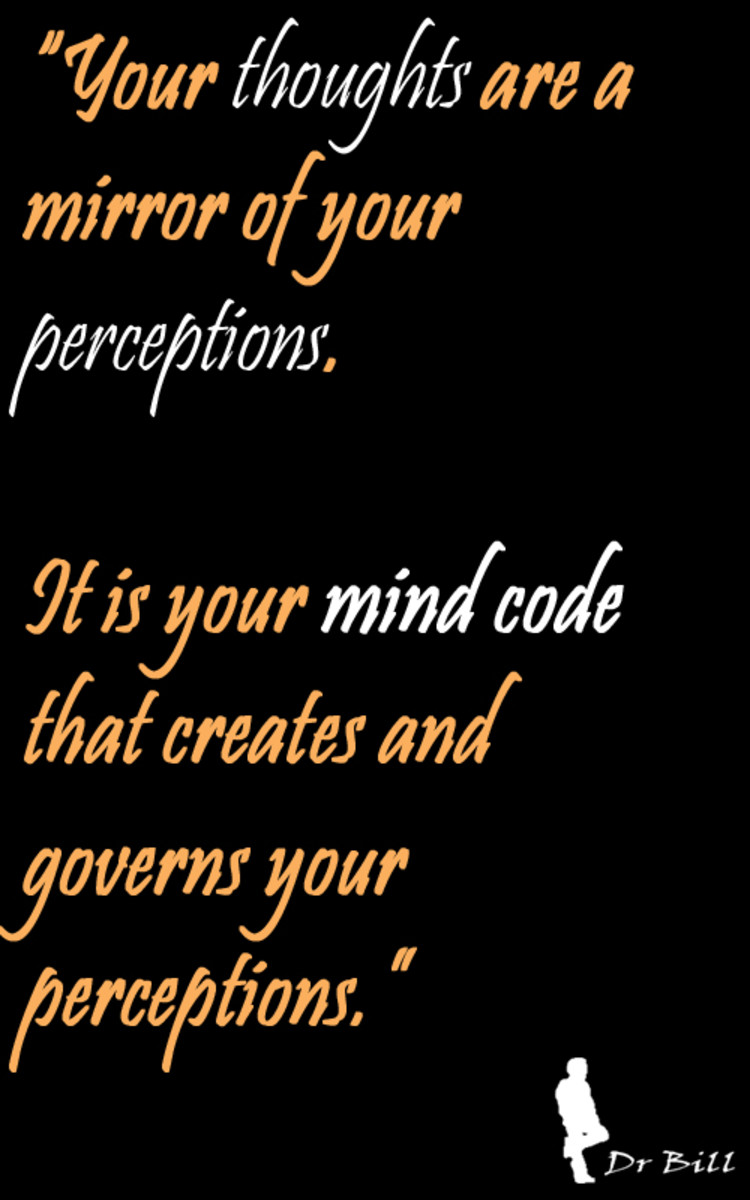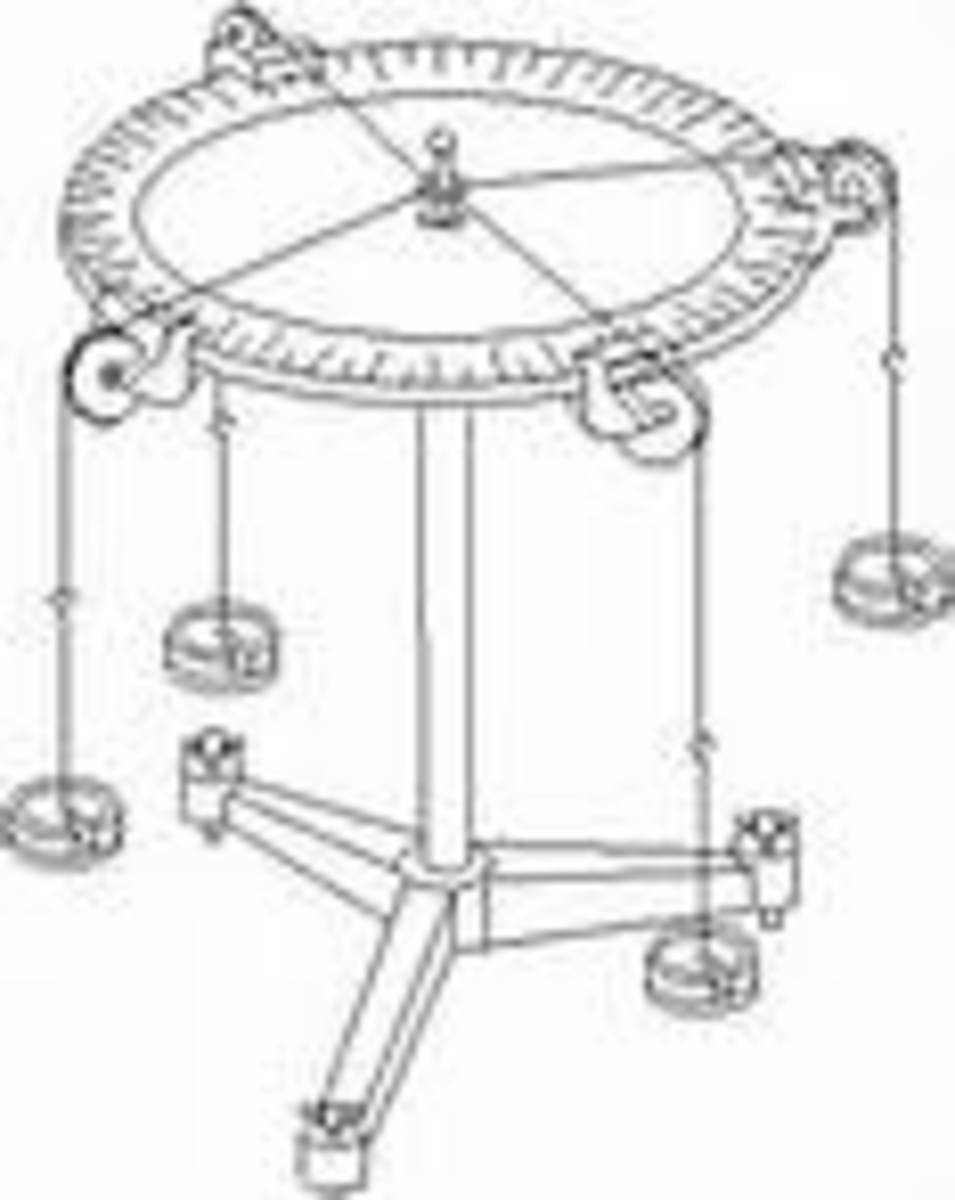Really? Our Brain is Holographic and the Universe Functions like a Hologram? Part Two

Images from the Old Seattle Fun Forest







In the last article I was talking about how the brain is like a hologram. So remember that a hologram is a result of two or more wave patterns intersecting which creates interference patterns. So the bothersome question on the table is where is the brain’s wave patterns? In other words the brain’s rippling pond?
Well it turns out that the brain processes information through neurons... neurons are electrical pathways running throughout the brain and body. Information is transmit by sending an electrical current through a neuron and when it reaches the tip this electrical current radiates out towards another tip or node. This electrical jump from one node to another node creates a wave pattern throughout the brain. Since these neurons are packed very tightly and that there is a lot of jumping going on multiple wave patterns collide, creating multiple interference patterns. Amazing huh!
Interference patterns is an interesting concept to me. At first blush it is like a good defense in football - a pattern set up in such a way that the original offensive play fails to materialize neither resembling or attaining the desired outcome or goal.
The interesting thing is the original offensive play is still there in wave form - thought, only the interfered “wave pattern” from the defense layered it so that the form/ or “particle” changed - which in essence is the outcome or the physicality of that experience.
A few years back I was a participant and practitioner in a healing modality called EIP - Elimination of Interference Patterns. The process was one where you assisted a person to recognize the point of origin when a pattern became fixed and then with their awareness, intentionally release the pattern that was creating havoc and replace it with a pattern of their current choice. At that time my brain couldn’t get around the logic of this system even though it worked. Now I realize that it worked because it addressed the world as if it were holographic by actualizing just another possibility.
OK, this is so cool - in the book “The Holographic Universe” the author talks about “How We Construct a World Out There”.
Most of us would agree that the warmth of the sun, the smell of baked chocolate chip cookies, the sound of a baby crying are part of our external realities, while our feelings of love, hunger, longing are internal realities. The question posed is “How does our brains distinguish between the two?”.
In Pribram’s research he points out that when we look at a person, the image of the person is really on the surface of our retinas which by the way also functions like a hologram. We do not perceive the person as being on our retinas, but in the “world-out-there”. Similarly, when we stub our toe we experience the pain in our toe when actually it is a neurophysiological process taking place somewhere... or perhaps everywhere in our brain. So the major question which needs to be asked is:
“How can the brain take the multitude of neuropysiological processes that manifest as our experience... ALL OF WHICH ARE INTERNAL, AND FOOL US INTO THINKING that some are internal and some are located outside of ourselves?”
Again it turns out that creating an illusion that things are located where they are not is an intricate feature of a hologram. No matter how often you reach out or from what direction you can never grasp or touch a holographic object - why? Because it is not there, it is virtual. Just as an image in a mirror appears to be in the mirror, but is not.
Georg von Besky, a physiologist and Nobel Prize-winner demonstrated through his experiments in the 1960’s that humans have the ability to experience sensations in spatial locations where they have absolutely no sense receptors. His work demonstrated how interfering wave fronts or specifically interfering sources of physical vibration enable the brain to localize some of its experiences beyond the physical boundaries of the body. Yep, he proved that humans can sense vibration when it is not touching the body.
Then in 1979 a research team Russell and Karen DeValois by using a mathematical equation developed by Jean B.J.Fourier an eighteenth century mathematician showed that each brain cell in the visual cortex is geared to respond to a different wave pattern.
Fourier’s mathematical formula converted any pattern no matter how complex into a language of simple waves. The equations he developed converted images into wave forms and back again. They are known as Fourier transforms... think television. A camera converts an image into electromagnetic frequencies and a television set converts those frequencies back into the original image. That is what his formula was able to do mathematically.
So what the DeValoises discovered through their research was that the brain cells responded not to the original patterns, but to the Fourier translation of the patterns. Their conclusion was that the brain was using Fourier mathematics - the same mathematics holography employs to convert visual images into the Fourier language of wave forms.
Nikolai Bernstein discovered that even our physical movements may be encoded in our brains in a language of Fourier wave forms. He discovered that the wave forms contained hidden patterns that allowed him to predict his subject’s next movement to a fraction of an inch. His research contributed to the understanding of how we learn complex physical tasks. It is not by painstakingly memorizing every tiny feature of the process rather by grasping the whole flowing movement. Remember the moment you truly rode your bike for the first time - everything clicked. There was no remembering coordinating the pedaling with the steering with the balancing - all of a sudden there was a grasp of the fluid wholeness.
By 1970 Pribram had concluded that his theory was correct and another question began nagging at him - “If the picture of our reality in our brains is not a picture at all but a hologram, what is it a hologram of?” If he was to take the holographic brain model to its logical conclusions, it opened the door on the possibility that objective reality - the world of coffee cups might not exist... or at least not in the way we believe...And perhaps what the mystics have been saying for centuries is true. “Reality is maya, an illusion and what is out there is really a vast, resonating symphony of wave forms, a “frequency domain” that is transformed into the world as we know it only after it enters our senses?”
Woah, is your brain skrrreeeeking like mine? Well, next up Bohm, his research led him to believe that the entire universe is a hologram..... Eeeek grasping gophers is the world no longer flat?








